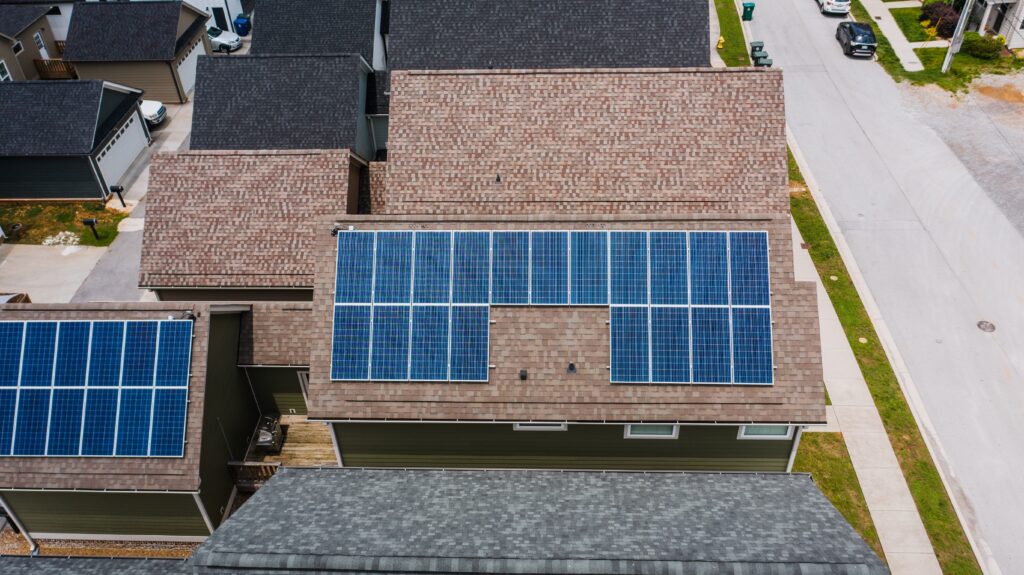
Introduction:
Solar panels have come a long way in recent years, with technological advancements making them more efficient, cost-effective, and accessible to the masses. The future of solar panels looks bright, with a number of trends and innovations on the horizon that promise to revolutionize the way we use and think about solar energy. In this article, we will explore some of the key trends and innovations in the world of solar panels and what they mean for the future of this rapidly growing industry.
Increased Efficiency:
One of the biggest trends in the world of solar panels is increased efficiency. Advances in technology are making it possible for solar panels to convert more sunlight into electricity, which means more energy can be generated from the same amount of solar panels. This increased efficiency is making solar energy more cost-effective and more attractive to a wider range of consumers.
Smart Solar Panels:
Another trend to watch out for is the rise of smart solar panels. These panels are equipped with sensors that allow them to communicate with other devices and systems, making them more efficient and easier to use. For example, smart solar panels can communicate with home automation systems to adjust the temperature in a home based on the amount of sunlight being generated by the panels.
Energy Storage:
Energy storage is becoming increasingly important as solar energy becomes more widespread. Advances in battery technology are making it possible to store solar energy during the day for use at night or during cloudy days. This means that solar energy can be used even when the sun is not shining, which makes it a more reliable source of energy.
Building-Integrated Solar:
Building-integrated solar is a trend that involves incorporating solar panels directly into the design of buildings. This can be done in a variety of ways, such as using solar panels as roofing material or incorporating them into the facade of a building. This trend is making it easier and more cost-effective to incorporate solar energy into new building designs.
Community Solar:
Community solar is a trend that involves shared solar energy systems that can be used by multiple households or businesses. This makes solar energy accessible to those who may not have the space or resources to install their own solar panels. Community solar is becoming increasingly popular, particularly in urban areas where space is limited.
Artificial Intelligence:
Artificial intelligence (AI) is being used to make solar panels more efficient and easier to use. AI can be used to monitor and adjust the output of solar panels in real-time, making them more efficient and effective. This technology is also being used to predict how much energy solar panels will generate in different weather conditions, which can help users to make better use of solar energy.
Thin-Film Solar Panels:
Thin-film solar panels are a newer type of solar panel that are more flexible and lightweight than traditional panels. These panels are made using a thin layer of photovoltaic material, which means they are easier to install and can be used in a wider range of applications. Thin-film solar panels are becoming increasingly popular, particularly in the commercial and industrial sectors.
Increased Affordability:
Finally, the future of solar panels is looking more affordable. As the cost of solar panel production continues to decrease, it is becoming more accessible to a wider range of consumers. Government incentives and subsidies are also making solar energy more affordable, particularly for those who may not have the resources to install their own solar panels.
Conclusion:
In conclusion, the future of solar panels looks bright. With increased efficiency, smart solar panels, energy storage, building-integrated solar, community solar, artificial intelligence, thin-film solar panels, and increased affordability, solar energy is becoming a more attractive and accessible source of energy for a wider range of consumers.
